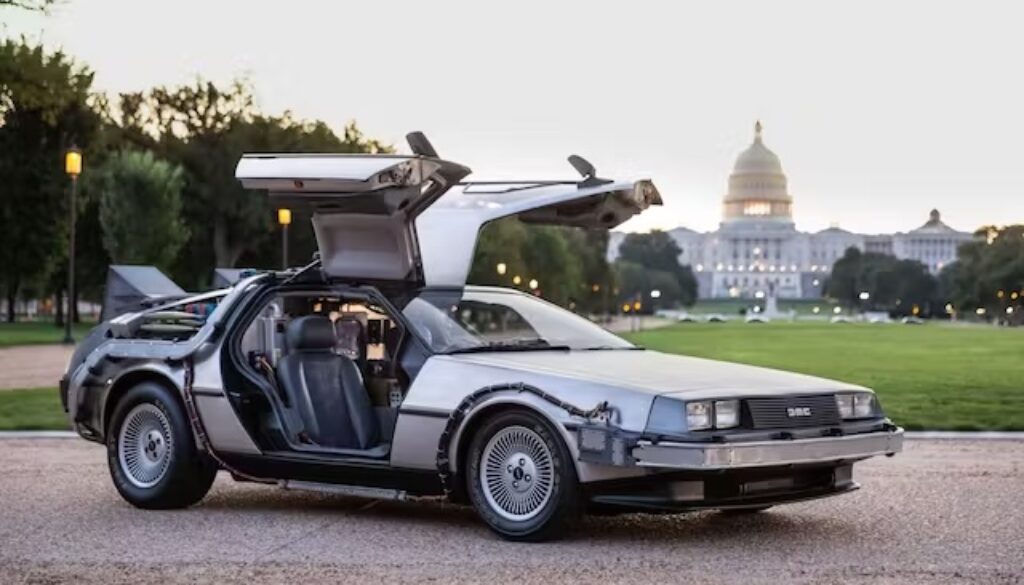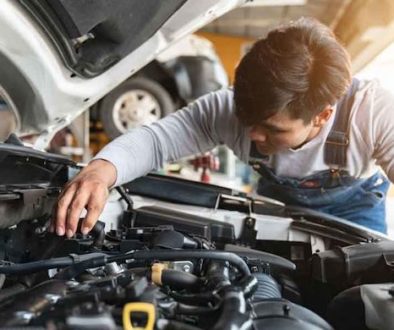Most SeIconic Cars from Classic TV Shows To Buy
Classic TV shows have presented us with some of the most iconic cars in pop culture history, in addition to unforgettable characters and catchphrases. These automobiles became celebrities in their own right, imprinting their pictures on the minds of spectators and automotive aficionados alike. In this article, we look at some of the most memorable automobiles on television, from the sleek lines of the Batmobile to the time-traveling DeLorean.
The Role of Cars in TV Show Popularity
Cars in TV shows often transcend their role as mere props. They often become integral to the storyline, symbolizing the essence of the characters or the spirit of the show. Some of these cars have achieved such fame that they are almost synonymous with the shows they appeared in. Car enthusiasts and collectors often seek out these vehicles, leading to a thriving market for replicas and restored models. For those interested in exploring such markets, one might consider the New Jersey car auction, which offers a variety of vehicles, including classic and collector cars.
Iconic TV Show Cars
The Batmobile (Batman)

The Batmobile, from the 1960s TV show “Batman,” is perhaps one of the most instantly recognizable TV cars worldwide. Based on the Lincoln Futura concept car, it was customized by George Barris and became known for its futuristic design and crime-fighting gadgets.
The Batmobile’s spectacular entrance into the Batcave is one of the most iconic episodes involving it. This iconic scene, frequently accompanied by the stirring Batman theme, depicts the Batmobile racing through Gotham’s woodland lanes on its route to the Batcave’s concealed entrance. As Batman and Robin return from stopping another of the city’s many enemies, the car engages its renowned afterburner, sending a flash of flame from the rear exhaust, symbolizing the duo’s never-ending battle against crime. The moment, a mix of high-speed action and technological marvel, brilliantly captures the thrill and ingenuity that the Batmobile brought to the show, leaving an unforgettable stamp on the Caped Crusader’s legacy.
The General Lee (The Dukes of Hazzard)

The General Lee, a 1969 Dodge Charger, starred in “The Dukes of Hazzard.” Its signature horn, playing the first 12 notes of “Dixie,” and the unforgettable orange paint job with the Confederate flag on the roof made it an icon of 1980s television.
In an iconic moment from “The Dukes of Hazzard,” General Lee performs one of its spectacular jumps, soaring into the air with the horn wailing its signature sound. The Duke lads evade the local sheriff in this scene, situated in the rural setting of Hazzard County, by launching the automobile over a river, the vehicle briefly hung against the sky. The image represents General Lee in all his grandeur – a bold, unstoppable force of liberty and revolt. This vision of the automobile, airborne and defiant, not only delighted audiences but also brilliantly represented the show’s spirit of adventure and audacity.
KITT (Knight Rider)

The Knight Industries Two Thousand (KITT) from “Knight Rider” was more than just a car; it was a character. This AI-equipped, talking Pontiac Trans Am captivated audiences with its advanced technology and sleek design.
One of the most iconic scenes in “Knight Rider” features KITT demonstrating its astounding Turbo Boost capabilities for the first time. Michael Knight, played by David Hasselhoff, is pursued by opponents in a seemingly hopeless scenario in this suspenseful sequence. KITT engages Turbo Boost with calm assurance, leaping over obstacles and cars, stunning both the enemies and the audience. This scene not only displayed the outstanding special effects of the time but also cemented KITT’s image as a marvel of modern technology capable of feats beyond the capabilities of any ordinary car. The scenario wonderfully encapsulates the show’s essence: a mix of high-octane action, cutting-edge technology, and the unbreakable relationship between man and machine.
The Mystery Machine (Scooby-Doo)

The Mystery Machine, the psychedelic van from “Scooby-Doo,” is recognizable for its colorful exterior and association with the fun and mysterious adventures of Scooby-Doo and the gang. Though its make and model were never specified, it’s often thought to be based on a late 1960s Chevrolet or Dodge van.
On a foggy night, Scooby-Doo and the gang approach a frightening, abandoned mansion in a classic scenario involving the Mystery Machine. The van, bright and vivid against the spooky backdrop, rolls up to the gates, its headlights cutting through the mist. The gang considers their next move inside the van, the interior glowing warmly in contrast to the chilly exterior. The juxtaposition of the Mystery Machine’s vibrant exterior against the dark, mysterious location is a common element in the series, signifying the gang’s eagerness to embark on any adventure, no matter how scary. The scenario captures the essence of “Scooby-Doo,” where humor, companionship, and adventure are important themes, with the Mystery Machine at the center of it all.
The DeLorean (Back to the Future)

Although “Back to the Future” is a movie series, the DeLorean DMC-12 deserves mention for its iconic status in pop culture. This car became synonymous with time travel and is a favorite at car shows and movie memorabilia collections.
In one of the most iconic scenes from “Back to the Future,” the DeLorean first exhibits its time-travel capabilities, stunning both the characters and the viewer. Dr. Emmett Brown, played by Christopher Lloyd, sets the scene in a vacant parking lot by discussing the flux capacitor’s operation. As he controls the DeLorean remotely, it accelerates to 88 miles per hour while surrounded by electrical energy, then vanishes in a flash of light, leaving a trail of fire tire tracks behind. This scene not only solidifies the DeLorean as a cultural icon but also brilliantly illustrates the film’s concept of adventure and the possibilities of science and technology. The sequence has become a landmark moment in cinematic history, with its blend of suspense, visual effects, and the indelible picture of the car vanishing.
The A-Team Van (The A-Team)

The 1983 GMC Vandura, used by the A-Team, is another iconic vehicle with a distinctive black and red paint job and a red stripe. This rugged van is synonymous with the action-packed adventures of the A-Team.
One of the most iconic A-Team Van moments occurred during a high-stakes rescue attempt. The squad, led by Hannibal Smith, uses the van to outmaneuver its pursuers in a tightly planned chase in this thrilling action. The van’s powerful engine and strengthened body allow it to easily travel through tiny alleys, jump over obstacles, and even endure a barrage of gunfire. The van’s agility and strength are on display as it bursts past a barricade, the squad inside uninjured and triumphant. This scene brilliantly embodies the essence of “The A-Team”: a mix of bravery, inventiveness, and the team’s unbreakable spirit, with their trusty van playing an important role in their amazing adventures.
Impact of Iconic Cars on Pop Culture
These vehicles have not only become staples in car culture but also left a significant mark on pop culture. They often inspire car modifications and replicas, and even influence automotive design trends. Collectors and enthusiasts worldwide seek to own a piece of television history, whether through authentic models or detailed replicas.
Car Restoration and Collecting
The restoration and collecting of these iconic TV show cars have become a passion for many. Enthusiasts spend considerable time and resources to bring these cars back to their former glory or to own a piece of television history. The process of restoration often involves meticulous research to match the original specifications and details seen on the shows. Additionally, this requires diligent maintenance to ensure these cars retain their restored glory.
The cars from classic TV shows hold a special place in the hearts of fans and car enthusiasts. They represent a unique blend of automotive design, television history, and cultural significance. These iconic cars are not just vehicles; they are symbols of the eras they represent and the shows that made them famous.



